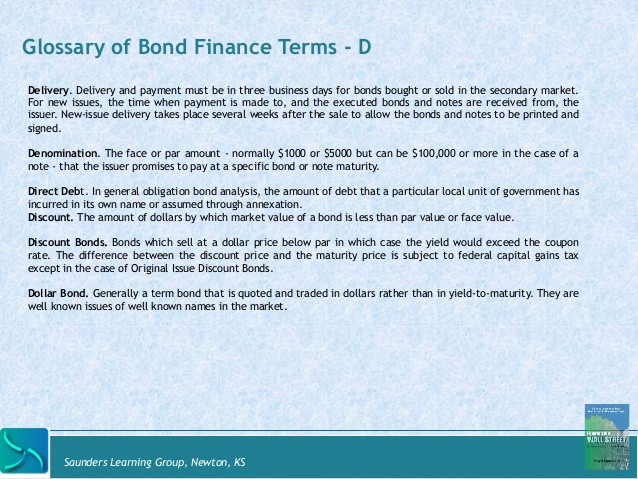The perps of the bond market Investing in perpetual bonds Business
Post on: 29 Июнь, 2015 No Comment

The Sterling Report
PERPETUAL bonds have been around for a very long time dating back to the 18th century. There has been a surge in the issuance of perpetual bonds over the last five years. Not to be mistaken for the ‘perps’ featured in the TV series Law & Order, perpetual bonds have no established maturity date. Also, there have been no reports of perpetual bonds killing anyone.
While these bonds have no scheduled maturity date, the issuer may redeem the bond at one of the scheduled call dates. Most perpetuals have a feature that allows the issuer to redeem the bond at specific dates or under certain conditions. This feature is known as a call option. It reduces the risk that the investor will be stuck with the bond over an inordinately long period of time.
Typically, a perpetual bond has a fixed to floating rate coupon. This means that the bondholder receives a fixed rate of return for a given period of time. After this period has expired, the coupon on the bond steps up (increases) or will float based on a pre-established calculation. If the bond isn’t redeemed by then, an investor usually receives a higher rate of return, or a step up which gives the issuer an incentive to redeem the bond.
Perpetual bonds usually rank below the senior and secured debt of a company. This means that if the company goes bankrupt, the holders of perpetual bonds are paid after the senior creditors. Because of their lower rank in a company’s capital structure and the absence of a maturity date, perps tend to offer higher coupons and yields to compensate investors for these risks. These bonds are favoured by individual investors, some of whom are eager for yields but do not want to sacrifice the credit quality of their investments. Perps expose investors to different types of risk.
A number of risks are associated with perpetual bonds. At the time of purchase, the issuing entity may be of sound credit quality. However, over the life of the security, the financial position of the entity is subject to change. If the viability of the entity is threatened by a geopolitical event or a change in the overall macroeconomic environment, the bond may become more risky. For this reason, it is important to have a portfolio manager that is constantly reviewing and assessing your assets to monitor their suitability and risk profile. However, this risk is not unique to perpetual bonds. All investors need to be comfortable with the issuer’s financial strength over the long term. For an indication of the issuer’s strengths, investors can often turn to the credit ratings assigned by various rating agencies, if the bonds are rated, as is often the case.
Lastly, if interest rates in the market rise, it is not desirable to be locked into a fixed-rate bond. The price of fixed-rate securities may also fall in value. In such a scenario, the perpetual bond would need to be sold on the open market, at which time it may be worth less than the initial purchase price. However, this risk can be mitigated by ensuring that the terms and conditions of your perpetual bond accommodate interest rate increases. For example, make sure that you have a call date in 5 years or less. Also, try to get a security with a coupon that floats sooner rather than later and has an attractive reset formula. Speak to your financial advisor to find a perpetual that is suitable for the current interest rate outlook and macroeconomic environment.
Lisa Minto is Manager, Financial Planning with Sterling Asset Management Ltd. Sterling provides medium to long term financial advice and instruments in US and other world market currencies to the corporate, individual and institutional investor. Feedback: Iinfo@sterlingasset.net.














